The introduction of the Hawk-Eye goal line technology at the start of the 2013-2014 Premier League season has been broadly welcomed by most and viewed as a sign of football’s gradually progressive stance toward the introduction of technology. The Hawk-Eye system has been rigorously tested over a three-year period and is, by most accounts, accurate to within 4mm.
But is this goal-line technology system really worth it?
According to the Daily Telegraph last week, It costs £250,000 to install 14 cameras (7 per goal) in any Premier League ground. That works out at a cost of £5m for the introduction of the Hawk-Eye system in all Premier League stadia. There are 380 matches in a Premier League season, so the cost of the technology is £13,157 per game for one season. While the introduction of Hawk-Eye is a fixed cost and can be spread out over numerous years, this figure seems high, especially when one takes account of the frequency of goal line incidents.
Although we have a tendency to remember goal-line incidents, often due to the sense of controversy and injustice they can create, there are in fact few occurrences of contentious goal line decisions. There was a reported 31 occasions in the 2012-2013 Premier League where goal line technology would have been useful for the match officials. That works out at a cost of £161,290m per incident. This is especially worrying when in fact most of these decisions (90%) were actually called correctly by the officials.
Even if we assume that the technology will not depreciate or require further expenditure, the costs remain high. Estimating with last season’s statistics on goal-line incidents, it would still cost £16,129 per incident over a ten year period and £1,315 for each of the 3800 matches (thats not even taking account of the additional expenditure required for installing camera's in the stadiums of newly promoted clubs).
Given that the accuracy of the Hawk-Eye system has been previously doubted in a 2008 paper by Harry Collins and Robert Evans, I think the burning question is whether the difference in the margin of error between a referee’s eyes and the Hawk-Eye system is really worth the price? As ever, notions of fairness and justice can often fly in the face of our traditional understanding of rational decision-making.
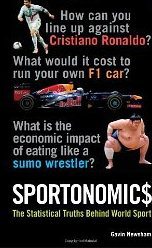


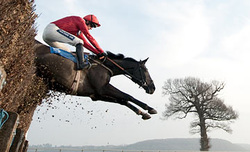
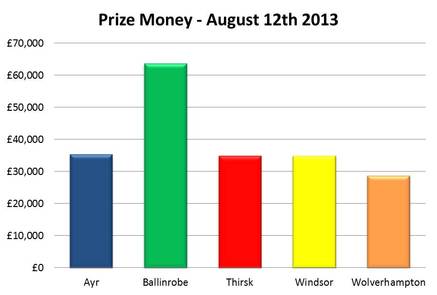
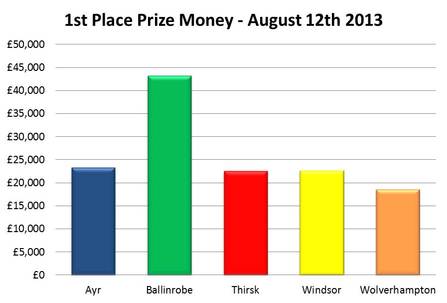
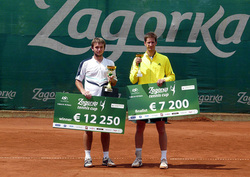
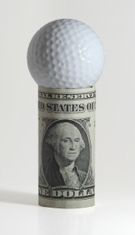
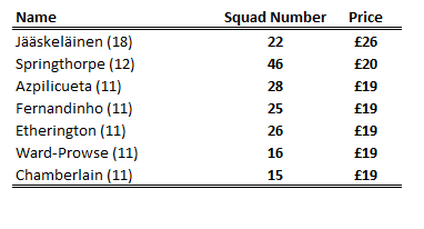
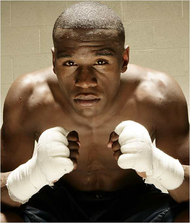
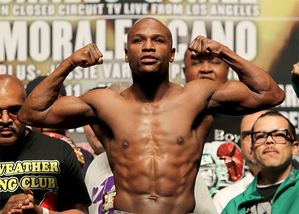
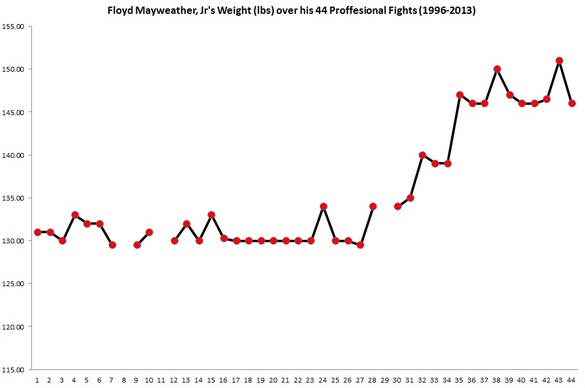
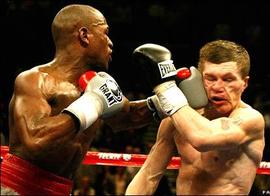
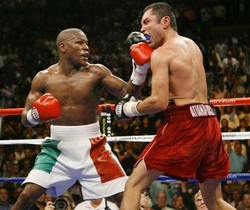
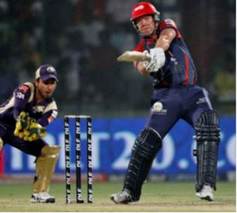
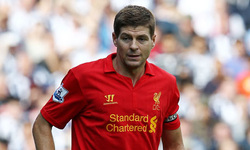

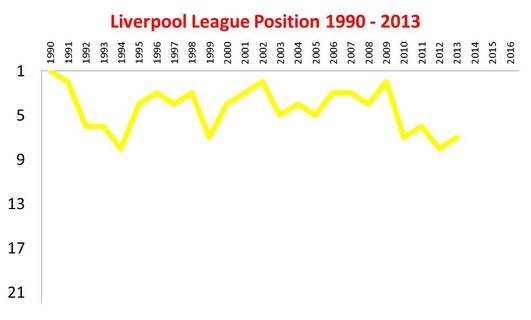
 RSS Feed
RSS Feed